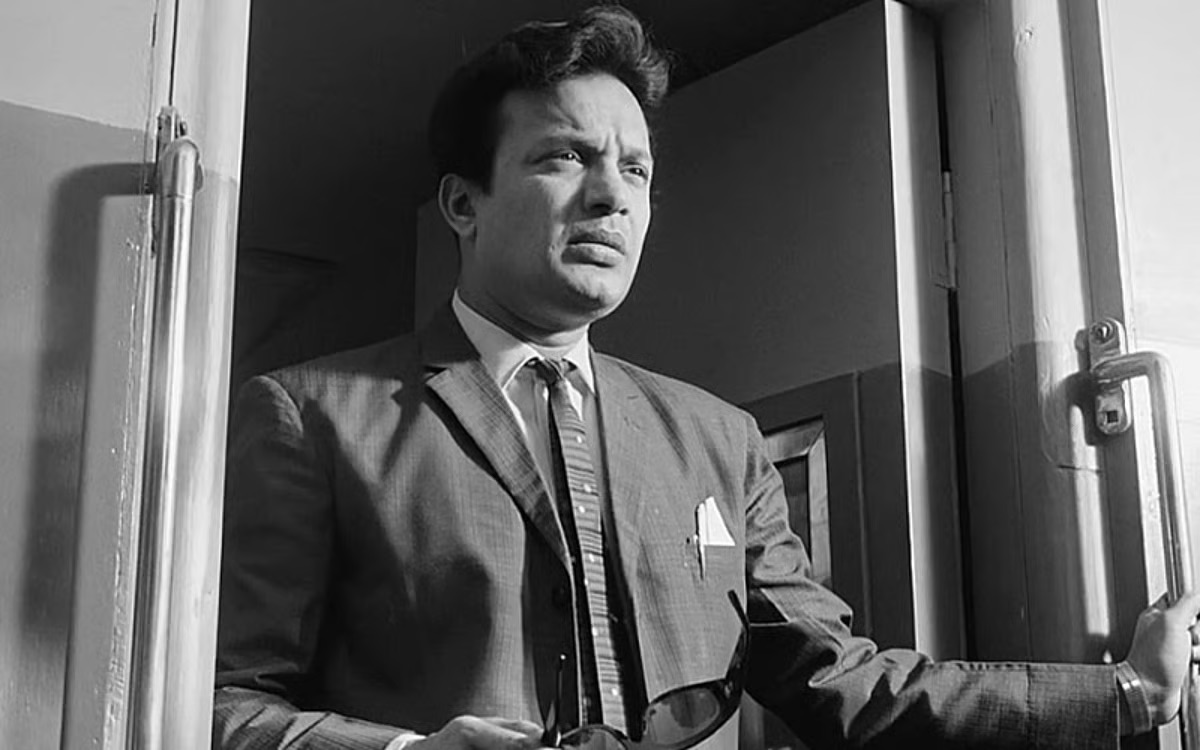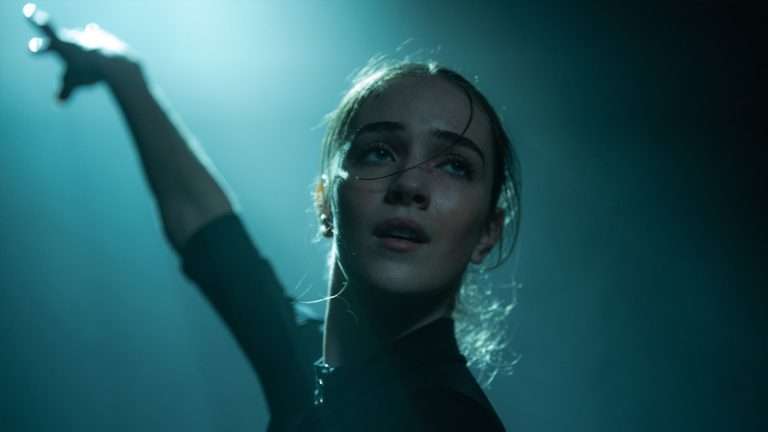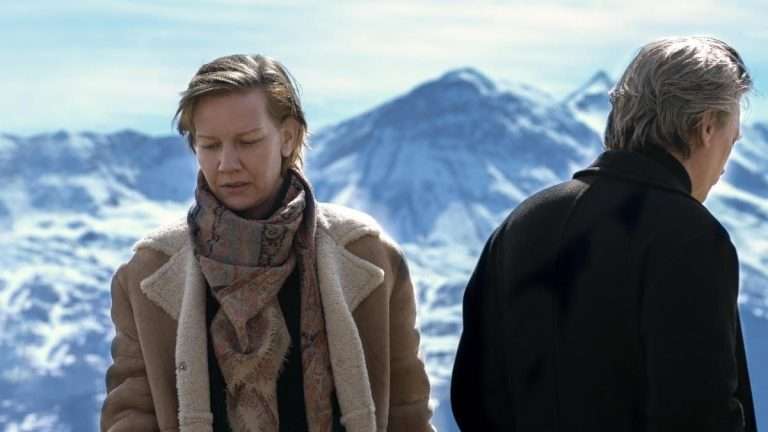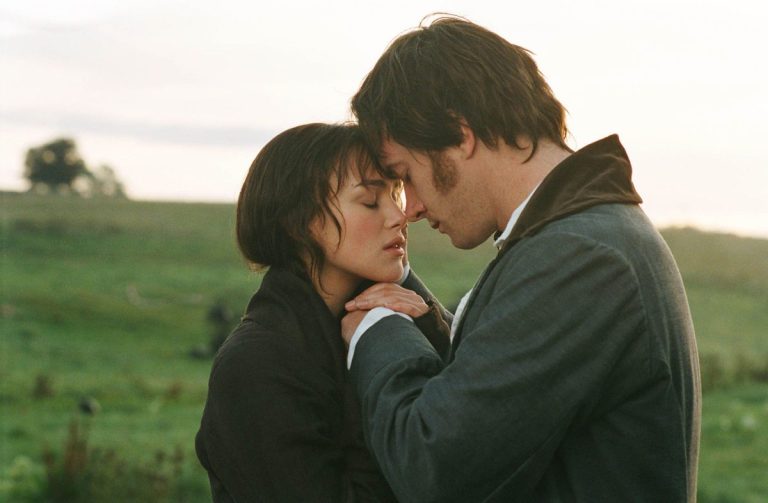Christopher Booker, in his famous book, “The Seven Basic Plots: Why We Tell Stories”, put forth a bewitching conjecture—that every tale ever told can be traced back to just seven rudimentary storylines. This theory goes on to surmise that all the resplendent pieces of literature we have come across are in some way or the other related to these seven fundamental plots, namely- ‘Overcoming the Monster’, ‘Rags to Riches’, ‘The Quest’, ‘Voyage and Return’, ‘Comedy’, ‘Tragedy’, and ‘Rebirth’. Cinema is known for having its individualistic voice as an audio-visual medium, but we must not ignore the fact that it was initially conceived as a captivating medium of storytelling. Hence, what Booker proposed in his book, published in 2004, is equally applicable to films.
American filmmaker Jim Jarmusch once notably remarked, “Nothing is original.” Films across languages have long shared similar plots. Some connections are prominent, while others remain imperceptible. In this piece, we will be discussing two such films directed by two of the greatest masters of world cinema that share a spiritual resemblance. The two films I am alluding to here are “Wild Strawberries” by Ingmar Bergman and “Nayak” by Satyajit Ray, respectively. Both these films are remembered as glorious specimens of artistry, but people seldom talk about the uncanny narrative and thematic commonality they share.
Ingmar Bergman’s “Wild Strawberries” came out in 1957, the same year we got another timeless masterpiece from him, “The Seventh Seal”! The film chronicles the story of an aged physician-turned-professor named Isak Borg, played by the veteran Swedish actor Victor Sjöström (in his last major acting performance), who embarks on a self-reflective journey to receive an honorary doctorate. What begins as a physical trip gradually evolves into a profound psychological voyage, as the protagonist encounters tormenting snippets from his past.
Satyajit Ray’s “Nayak”, on the other hand, was released in 1966, following his impeccable cinematic diptych, “Kapurush-o-Mahapurush” (1965). “Nayak”, internationally titled “The Hero”, follows Arindam Mukherjee, a celebrated actor enacted by Uttam Kumar, on a long train journey from Kolkata to Delhi to receive a National Award. The journey eventually becomes introspective, as the protagonist confronts fragments from his former life.
From this synoptic view, it becomes quite clear that both films share a similar premise: a protagonist embarks on a journey to receive an award, only for this linear progression to be interrupted by flashbacks from his past. However, the correspondence between the two films runs far deeper than this superficial similarity. Let us discuss the elements of resemblance one by one for a more intricate understanding.
The Journey of a Protagonist
The protagonists of both films embark on similar physical journeys. Isak Borg in “Wild Strawberries” undertakes a road trip from Stockholm to Lund. Arindam Mukherjee in “Nayak” embarks on a train journey from Kolkata to Delhi. The narrative structure here is considerably similar, barring a slight difference. Satyajit Ray, in his film, uses the train as the medium of transportation, which restricts the entire story to a single location. This device, which might initially seem monotonous, eventually creates a claustrophobic atmosphere that complements the psychological distress of the protagonist. Bergman’s film, depicting a road trip, is free from this visual monotony.
The journey the protagonist embarks on in both cases is not merely physical, though. Both films portray a parallel internal journey, which can be described as a psychological introspection. The physical journey simply acts as an emotional catalyst that fuels the protagonist’s inner contemplation. The changing landscapes in “Wild Strawberries” trigger memories from Borg’s early life. For example, when Borg halts at the place where he lived as a child, the sight of it brings back memories of his childhood.
There are multiple similar instances in the film. The image of ‘wild strawberries’ itself plays a pivotal role as a symbolic representation of youth and innocence. It reminds Borg of the idyllic moments of his early life that have been lost in the maze of obscurity. The main catalyst in “Nayak”, in contrast, is the conversations Arindam has with his fellow travellers. These conversations often stir remnants of his past. Even in “Wild Strawberries”, Borg faces several confrontations on his journey, each acting as a catalyst for reflection. Among the most significant are his encounters with a group of young hitchhikers and his long-estranged son. Hence, in the two films, the journey—both on the literal and metaphorical levels—is integral to the development of the narrative.
The Flashbacks And Dream Sequences
Both Bergman and Ray rely on non-linear narrative patterns, interrupting the forward motion of the story with carefully placed flashbacks. As a result, the screenplay drifts back and forth between past and present. This complex narrative structure reflects the fractured psyche of the protagonist in both cases. The flashback sequences in “Wild Strawberries” carry a certain hypnotic tone. They function less as chronicles and more as recollections. Throughout the film, Borg revisits fragments of his past—his youth, the ache of an unfulfilled first love, and episodes from his marriage marked by distance and betrayal.
Also Read: Unfolding Ray’s Political Praxis through ‘Nayak’
In “Nayak”, Ray follows a similar trajectory. Arindam recollects the key moments of his personal and professional life. We get fragmented flashbacks of his conflict with his mentor, his abrupt decision to abandon theatre and start a film career instead, his creative differences with a senior actor during the filming of his debut film, and a scandalous affair with a married aspiring actress. All these sequences are treated with an absurd, nightmarish approach. It is quite interesting to observe that neither of the two films tries to depict a traditionally structured, linear flashback. The flashbacks emerge from memory and reminiscence; contemplative memory in the case of “Wild Strawberries” and conversational memory in the case of “Nayak”. Thus, these flashback sequences should not be perceived as authentic, chronological depictions of the past but as subjective accounts from the perspective of the protagonist.
Apart from the flashbacks, another seminal element in both films is the integration of dream sequences, which are pivotal to the narrative. “Wild Strawberries” opens with a dream sequence that can be described as a nightmare. We find Isak Borg roaming around a deserted city where he stumbles upon a faceless man carrying a clock without hands. This sequence reflects multiple themes such as the passage of time, mortality, and death. There is another memorable dream sequence in the film that resembles a trial where Borg has a confrontation with his personal failures. This symbolic trial can be seen as a manifestation of his internal sense of guilt. It also portrays Borg’s dichotomous existence as a man excelling in his professional life but failing to cultivate personal relationships.
“Nayak” also consists of many notable dream sequences. In one of the most unforgettable moments of the film, we see Arindam nearly drowning in a slough of money. This sequence shocks the viewer with multiple disorienting constituents: a cacophony of ringing telephones placed on skeletal hands, an endless, suffocating pile of money, and finally, ‘Shankar Da’ (Arindam’s acting mentor) revealing himself in a phantasmal, apparitional form. Apart from this visual shock, this scene also acts as a metaphor of engulfing desire and the superficiality of celebrity life. In another climactic dream sequence, the protagonist is seen contemplating ending his life. The stark imagery of the railway tracks plays a major role in this scene.
The dream sequences in both films have attracted extensive critical attention, with many scholars examining them through a psychoanalytic lens—some explicitly invoking Freudian frameworks. What I find particularly compelling is the conceptual resonance between the flashbacks and the dreams: in both, the boundaries between the protagonist’s inner life and external reality dissolve. The dreams, in particular, carry a distinctly surreal quality.
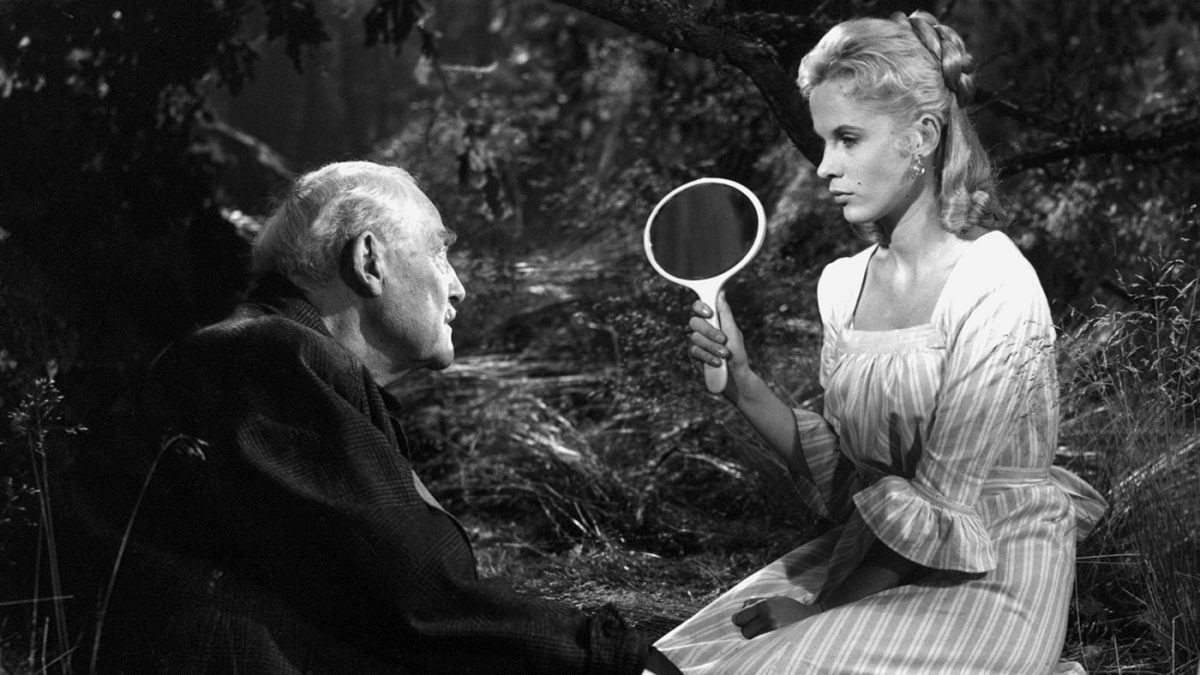
Must Read: Love, God and Silence: The Evolution of the Films of Ingmar Bergman
Ultimately, the flashbacks and dream sequences in “Wild Strawberries” and “Nayak” transcend their function as mere narrative devices. They become instruments of psychological excavation, scrutinising the protagonist’s internal susceptibility, contrition, and agitation. In doing so, both Bergman and Ray construct cinematic journeys that obfuscate the boundaries between memory, dream, and reality, creating aching sagas of human frailty.
Women As The Voice Of Conscience
The last parallel I want to draw lies in the way both films position their female leads. In “Wild Strawberries,” we meet Marianne—Ingrid Thulin’s sharp, poised portrayal of Borg’s daughter-in-law. She joins him on his drive to Lund, and their conversations stir his recollections of the past. At first, Marianne seems cold, even hostile, blaming Borg for the disintegration of her marriage. But her presence turns out to be more than oppositional—she becomes the spark that pushes Borg toward self-realization.
Sharmila Tagore plays the character of Aditi Sengupta in “Nayak”, a young, attractive, and confident journalist who publishes her own independent women’s magazine called “Adhunika” (The Modern Woman). She appears to be the only voice of scepticism among the travellers, most of whom are enchanted by the presence of the matinee idol. She decides to interview Arindam Mukherjee for her magazine. Her cleverly crafted questions succeed in bringing out many unknown chapters of his life. What begins as a selfish venture with an ulterior motive eventually turns more intimate as Aditi starts getting fascinated by Arindam’s story and his personality. She gets to know the real man hiding behind the veil of his celebrity persona and ultimately decides not to publish the interview.
In both films, Marianne and Aditi serve primarily as stimuli for the protagonists’ internal journeys. These female characters can also be interpreted as personifications of the protagonists’ inner conscience. In “Nayak”, Aditi functions as a mirror for Arindam, reflecting his true identity that he often conceals from the world and himself. Arindam, during a vulnerable moment in the concluding minutes of the film, desires to confess his internal sense of remorse to Aditi as if she were his moral compass.
He reveals his most delicate self to her and seeks emotional redemption. Marianne in “Wild Strawberries” serves as a conduit for the hidden details of Borg’s life. She helps him witness the fragilities of his character, like a dearth of affection and emotional estrangement. In both films, the protagonists are agonized by their internal sense of guilt, and the female leads contribute to their psychological deliverance. Thus, while Marianne and Aditi remain distinct individuals having their own narrative arcs, they may be interpreted as symbolic extensions of the protagonists’ psyche when considered from an alternative critical perspective.
Few films in world cinema capture the intricacies of character as luminously as “Wild Strawberries” and “Nayak.” This comparative reading brings into focus the narrative, stylistic, and thematic echoes between them. Despite their differences in setting and orientation, both protagonists are bound by the same confrontation with existential unease.

